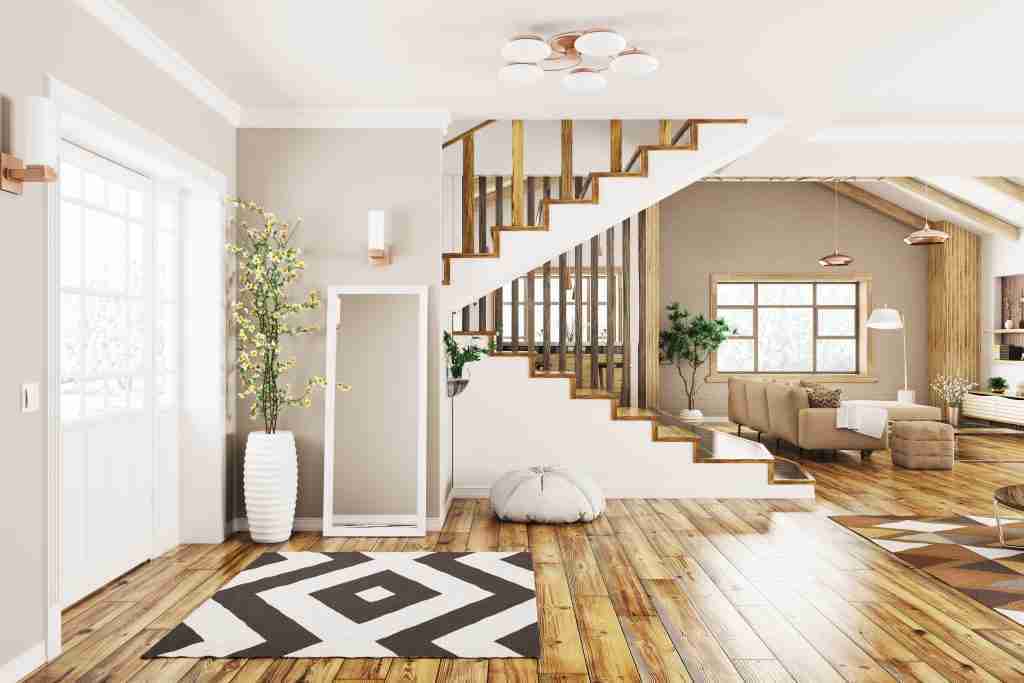Lumber
8 Reasons Why Lumber Is The Best Building Material
The benefits of lumber as a building material continue to outperform other products on the market in terms of environmental sustainability and performance.
When it comes to commercial and industrial buildings that must stand the test of time, lumber has proven it has the necessary strength required, as well as unique advantages over steel and concrete. Plus, this amazing material offers not only remarkable durability but an aesthetic warmth to any type of environment.
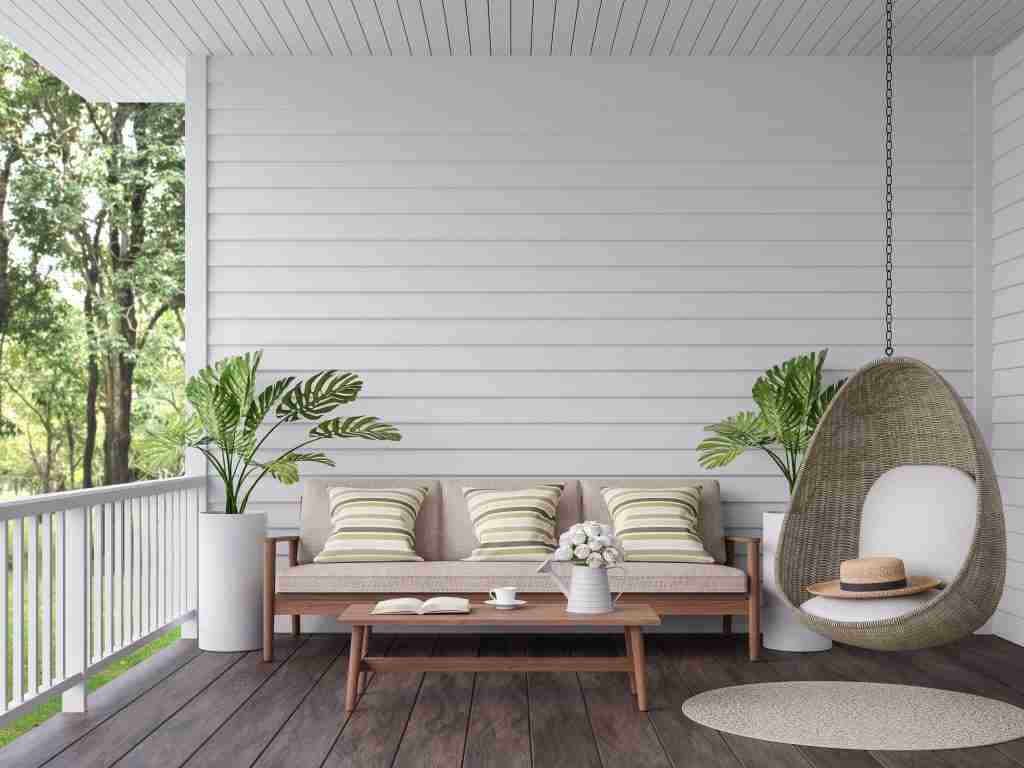
Lumber is a very useful material that has many benefits that make it the best option for your construction projects. With all the knowledge and experience we have at Brazilian Lumber, here are what we consider the main advantages:
- Natural, renewable, recyclable, and biodegradable building material
- Carbon positive element
- The use of lumber as a building material implies the need for low energy production
- Lumber is an adaptable, versatile, and durable material
- The sound absorption of lumber
- Electrical and heat resistance
- Studies show that using lumber is healthier for people
- The beauty of lumber

Lumber: Natural, Renewable, Recyclable, and Biodegradable Construction Material
It’s one of the few natural and renewable building materials. The cyclical process of harvesting and rejuvenating lumber for production ensures that it will continue to be available. As a purely natural product, it’s not treated with chemicals or pollutants and is non-toxic, so it is safe to handle and touch; it also ages naturally and does not decompose into environmentally harmful material.
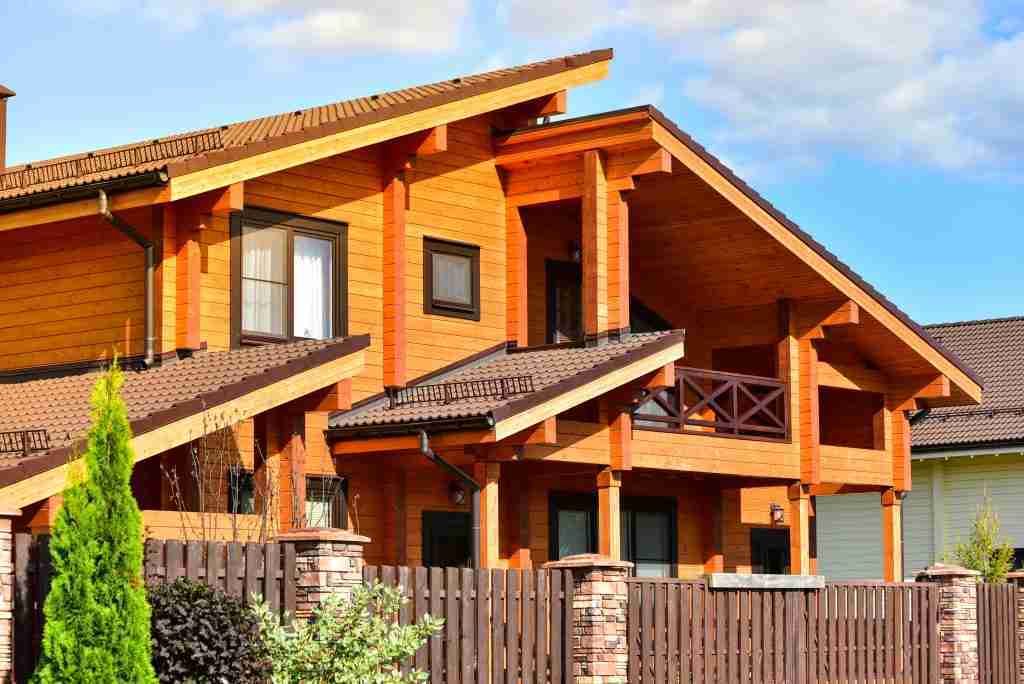
From an ecological point of view, lumber is a great option if it is harvested sustainably, which is a very important aspect for our brand and our company as it contributes to the preservation of the tropical forest. Therefore, the rainforest protection project has full support.
Lumber Is A CO2-Positive Building Material
The environmental impact of lumber is considerably lower compared to other building materials, such as stainless steel, aluminum or concrete. The role of trees, which are the suppliers of this material, contributes to the reduction of CO2 emissions, causing a positive effect that counteracts climate change.

As explained above, lumber can be grown and regenerated through natural processes such as replanting and forest management. As forests grow (through solar energy), they also naturally and efficiently remove carbon dioxide from the environment. This is an exclusive benefit that lumber has over other building materials.
Carbon is an elemental building block of all living things on earth. As a forest grows, the trees absorb atmospheric carbon dioxide and store it in their leaves, branches and trunks.
Lumber: Low-Energy Building Material
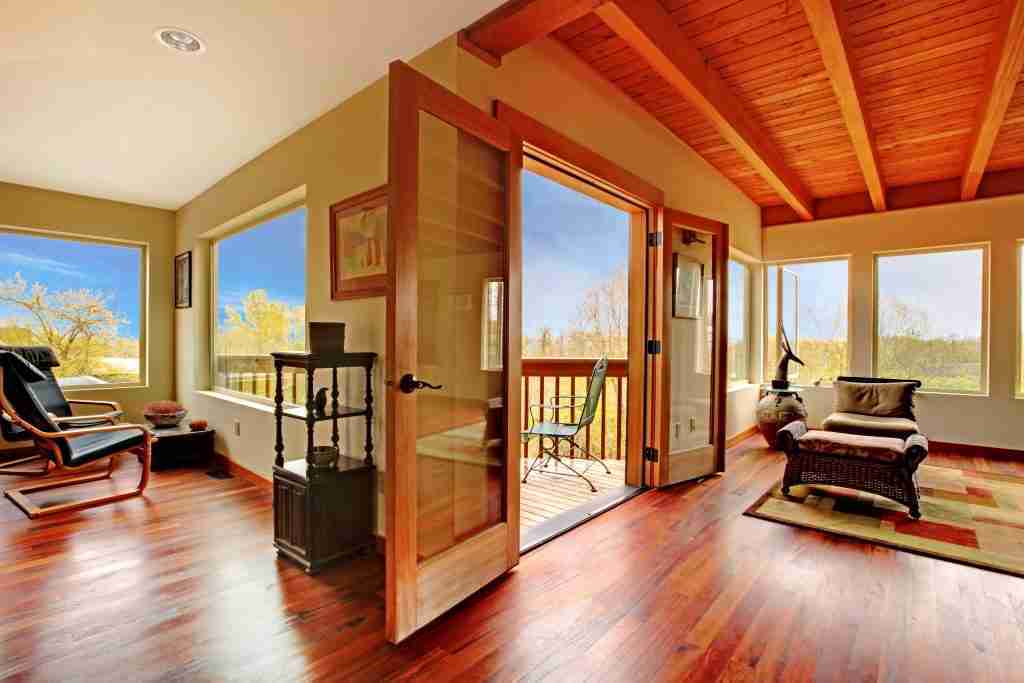
Producing lumber uses much less energy from fossil fuels per unit volume than steel, concrete or aluminum while minimizing pollution.
In addition, it improves energy efficiency due to its natural cellular structure. As a result, homes, and buildings require less energy for heating and cooling. Plus, it can help regulate humidity levels to a small degree.
Lumber Is An Adaptable, Versatile, and Durable Building Material

With proper care, lumber can last for hundreds of years, resisting the elements and adapting to any climate. Heavy structures can even withstand fire naturally by creating an outer layer of charcoal while remaining structurally stable.
In addition, this material is highly adaptable for both indoor and outdoor projects, and its texture and variety of colors help it blend in with most decorating styles.
Sound Absorption Of Lumber
Lumber absorbs sound instead of reflecting or amplifying it, and can help to significantly reduce the noise level for greater comfort.
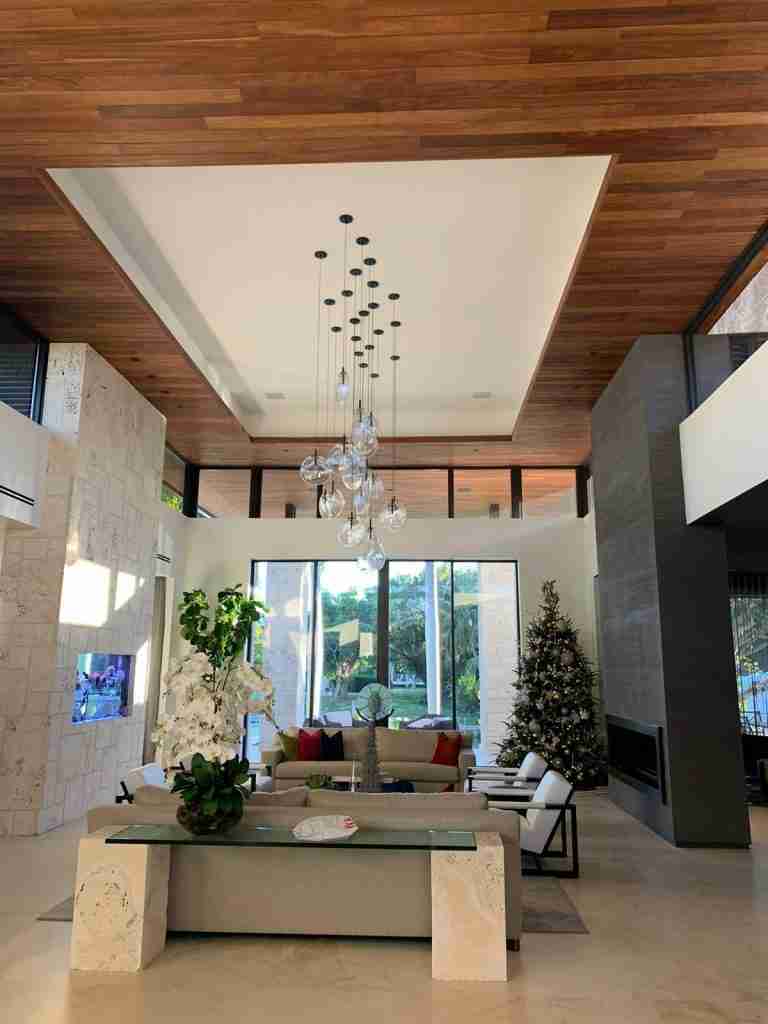
Lumber: Electrical and Heat Resistance
It has a natural resistance to electrical conduction. Its strength and dimensions are also not significantly affected by heat, which provides stability to the construction and greater safety for certain fire situations. In fact, there are some types like IPE lumber which has a class A fire resistance, which is one of the many aspects by which it is compared to the strength of concrete or steel.
Studies Show That Using Lumber Is Healthier For People

A great deal of research has shown that lumber in the home environment, at work or at school has positive effects on your health. In addition, studies have found that exposure brings health benefits similar to those of being in nature. We list some positive aspects of using it in your construction projects:
- Improved mood and self-expression
- Improves air quality by moderating humidity, facilitating breathing
- Warm and comfortable feeling
- Reduction of blood pressure, heart rate, and stress
- When surrounded with the material older adults interact more closely
- Students in classrooms surrounded by the material have lower heart rates and fewer stress responses than students in classrooms with plastic and metal
- Two out of three workers prefer offices with chairs, desks, and blinds made of the material, to the same office with plastic elements
The Beauty Of Lumber
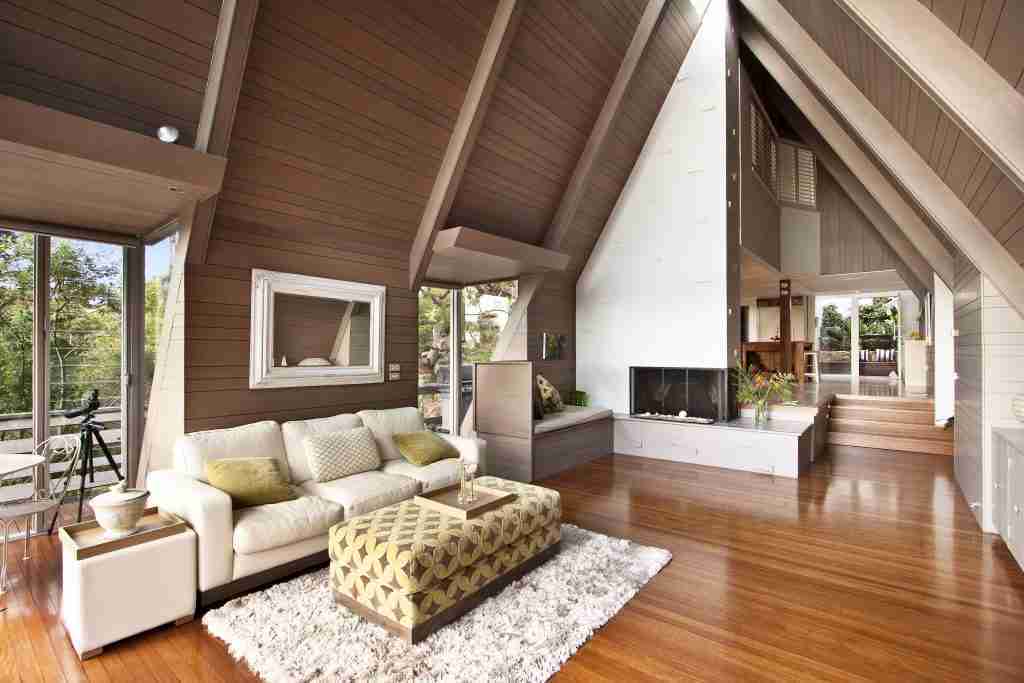
Lumber can add warmth, texture, and character to any room. Studies have shown that people positively associate the building material and find it visually appealing. With the wide variety available, this stunning material offers an incredible range of aesthetic options. In addition to the different mechanical, acoustic, thermal, and environmental properties it possesses.



